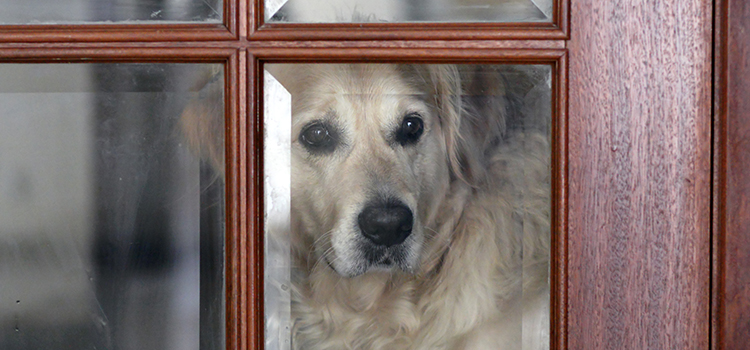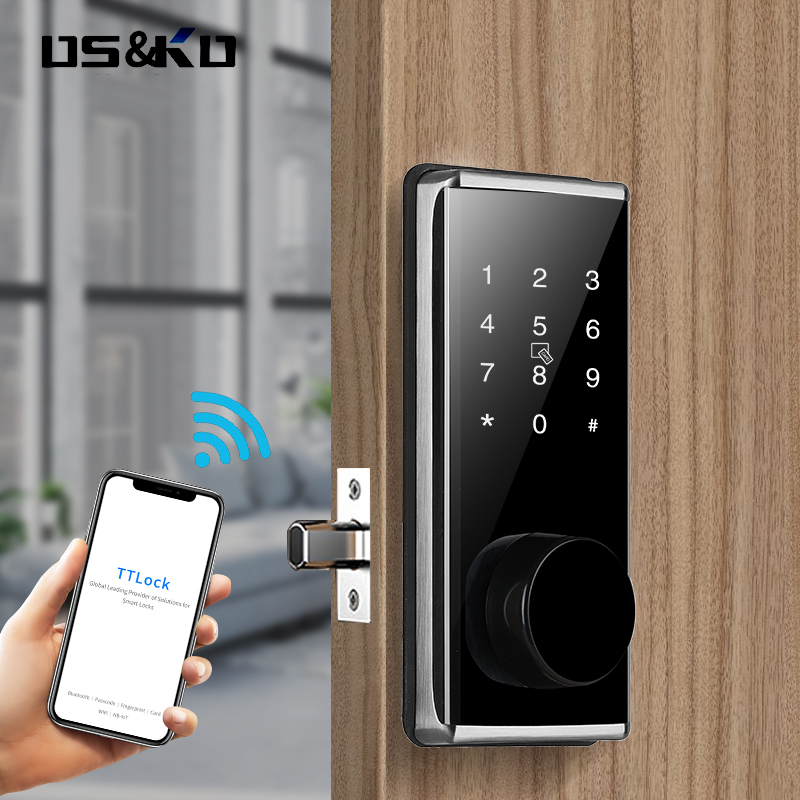
Canary is a home security company that offers a wide range of products. Some of the products are standalone cameras. Others can be used with other smart devices. Canary Pro costs $169 and is a high end all-in-one security camera. The Pro features a 1080p HD with a 147deg lens, night vision that can be used to monitor the home in darkness.
The system also comes with a siren that emits 90 decibels and a weather monitor. It protects your home and notifies you if anything unusual happens while you are away. The alarm can be set from your smartphone, or you will receive an alert on your app when there's a sudden shift in air-quality.
The Pro has a built-in motion sensor, which can detect motion and store it in the Canary cloud for up to 90 days based on your subscription plan. You can watch the footage from the app or on your computer, and you can even speak to people in the area if they're within range of the camera.
The users can press the panic button if they feel in danger. This is an addition that isn't seen often in cameras.

One of the best things about this camera is its ease of use. Its setup and activation is straightforward, and it's compatible with both Android and iOS phones. Canary for iOS and Android is free.
Unlike other security cameras, it does not require an extensive amount of customization or tinkering with your settings. You only need to select the mode that best suits your needs. You can even adjust the camera's zoom to suit the area it is monitoring.
The app is easy to navigate and offers a number of options, such as the ability to watch live video on demand. You can also save videos for later viewing.
The video history feature is also available for those who wish to monitor what has happened throughout the day. You can install multiple cameras to monitor the exact same area in different rooms.
The Premium Service includes two-way communication and 30-day video history. The service also provides incident support. This connects you to a dedicated agent that can assist with finding and downloading video evidence in the event of an intrusion.

Canary is an excellent option for those who do not want to spend a fortune on a home security system. You can reach its customer service via SMS or online chat. Customers can also submit questions to the help center or browse through frequently asked question.
Canary's security cameras -- Canary View and Canary Pro -- are easy to install. The Pro version is the most advanced, and it comes with several sensors that will help you keep your house safe. These include a 90-decibel alarm and a weather monitor. The Pro can also alert you to smoke and carbon dioxide levels. Its indoor air quality sensor is helpful for people with allergies and other breathing issues.
FAQ
Which home security system offers the most features?
Ring Video Doorbell Pro offers the most features of all home security systems that we tested. You can see who is at your door and talk to them via your phone. You can also record videos. You can also save recordings to the cloud with this free service.
Can I set up a security camera myself?
Yes! You can install a home alarm yourself if you know what you're doing. If you don’t have the skills to do it yourself then you can hire a professional to help you.
What is the best home surveillance system?
If you want to protect your family from intruders, then you should consider buying a home security system with cameras. These systems can be used by both homeowners and renters easily and offer many benefits. You can also remotely monitor your property from your smartphone, tablet, computer or any other mobile device.
Statistics
- Related questionsHome security systems that are 100% DIY (safewise.com)
- Most home security companies will charge you around 75% of the remaining term of your contract if you cancel early—and some require 100%.Related questionsWhat type of contract length can I expect from security providers?Home security system cancellation (safewise.com)
- (In my experience, the discount on my home insurance covered about 25 percent of the subscription of an average plan, but your mileage may vary depending on your location and the size of your home.) (theverge.com)
- That's probably why Cove has a whopping 98%* customer retention rate. (safewise.com)
External Links
How To
How to Install A Home Security System
A home alarm system is a device which monitors your home and alerts when there's an activity. It could be motion sensors, doorbell cameras, smoke detectors or burglar alarms. A home security system is usually composed of one or several sensors (e.g. motion detectors), that send signals when there's movement or sound. The signals are then sent over to a control box where they are monitored and recorded. The control panel will send an alert to your smartphone, tablet, computer or voice assistant if there is a problem, such as someone breaking into your home. You will immediately be notified and can take appropriate action.
The first step to installing a home security system is choosing the right type of sensors for your home. There are two main types, passive and active. Passive sensors do not require batteries. They simply pick up sounds and vibrations around them. They can be doorbells or sirens as well as buzzers. Active sensors transmit data via electricity. These sensors include motion sensors and cameras.
There are many types of sensors on the market today. Each brand has its advantages and disadvantages. For example, some sensors are weatherproof, while others aren't. Some include built-in speakers to allow you hear them even when they are outside. Some work only indoors. Some are basic while others offer advanced features, such as night vision.
After choosing the best sensor type for your property you can choose a manufacturer. This will ensure that all your sensors work together. You should find plenty of choices at your local hardware shop.
Once you have selected a brand of sensor, you need to decide the number you wish to buy. Most people start with one or two sensors, depending on whether they live alone or with family members. If you have plans to purchase additional sensors in the future, it might be worth buying more than you currently need.
Next, you'll need to figure out where you want to place your sensors. Do you want them near windows and doors? Or would you rather have them hidden? Make sure you get permission before placing them around your property. It is important to ensure they do not interfere with electrical outlets.
Now that you know where you want to put your sensors, you'll need a way to connect them to your control panel. You might need a power adapter for your setup. Once you have everything in place, your property can be monitored!